Reviewed by Corey Noles
When Apple dropped macOS Tahoe 26 at WWDC 2025, they didn't just slap on some new features and call it a day. This feels like the first time since Big Sur that Apple actually gets what Mac users want: control over their workspace. But here's what makes Tahoe different from Big Sur's approach—instead of just changing how things look, Apple finally gave us the tools to change how our Macs work.
For years, Mac users watched iPhone owners customize their home screens with widgets, Control Centers, and color themes while our desks remained stubbornly uniform. Those days? Officially over. From the gorgeous Liquid Glass design to completely customizable folder colors and a Control Center that finally makes sense, Tahoe delivers three game-changing ways to make your Mac truly yours.
After two weeks testing the beta, here's exactly how Tahoe transforms your desktop from Apple's vision into your vision.
Transform Your Interface with the New Theme System
Remember when customizing your Mac meant installing sketchy third-party apps that might break with the next update? Those days are officially over. MacRumors reports that Tahoe introduces a comprehensive Theme system offering "unprecedented control over your desktop's visual appearance."
What's brilliant about Apple's approach is the progressive sophistication. Start with Default mode—your familiar app icons looking exactly as their designers intended. But each theme mode builds on the last, adding layers of personalization complexity.
Dark mode represents the first evolution, applying black backgrounds to icons system-wide (forums discussion shows this works in both Light and Dark interface modes). This isn't just flipping a switch for the interface background—it fundamentally changes how visual information flows across your screen, making focused work feel more intentional.
Clear mode takes this foundation and amplifies it with that new Liquid Glass aesthetic. Icons become translucent, picking up your wallpaper colors to create depth that feels genuinely immersive rather than gimmicky. But the real showstopper is Tinted mode.
Here's where Tahoe gets psychologically smart: System Settings now includes an "Icon, widget & folder color" option that lets you apply custom tints across your entire interface. Want everything in purple? Your brain will start associating that color with focus and productivity. Prefer a subtle blue accent? That creates a calming workspace that reduces cognitive load during long work sessions.
PRO TIP: The new "Text highlight color" setting works independently from your accent color, so you can create sophisticated color hierarchies—think blue for system elements, orange for highlighted text—that guide your eye exactly where it needs to go.
Master the All-New Customizable Control Center
If you've been jealous of iPhone users flaunting their customized Control Centers, your wait is over. But here's what makes the Mac version genuinely superior: it's designed for productivity workflows, not just quick toggles.
9to5Mac found that Tahoe's Control Center matches the iPhone's functionality while adding Mac-specific advantages. The customization starts with more than 80 built-in controls for everything from screenshots to background sounds, but the real magic happens in the organization.
Click Edit Controls or hold Command while Control Center is open, and you enter a workflow optimization mode that iPhone users can only dream of. Here's the progressive enhancement: start with basic customization by adding the controls you use daily. Then advance to sophisticated workflow optimization by arranging them in logical groups—creative tools in one section, system utilities in another.
Building on this foundation, the resizable tiles (Large, Medium, Small) let you create visual hierarchies. iDownloadBlog notes that a large media player makes sense if you're constantly switching audio sources, while a compact timer works better for Pomodoro technique users.
Taking this further, the ability to add controls directly to your menu bar transforms Control Center from a panel you occasionally visit into a persistent command center. The third-party app integration via the new API promises to make your Mac's Control Center the nerve center for your entire digital workflow—soon you'll manage iPhone controls through iPhone Mirroring, creating true ecosystem convergence.
Go Wild with Folder Colors and Emoji Icons
Let's address the elephant in the room: Mac folders have looked basically the same since the Clinton administration. But this isn't just about updating a tired design—it's about leveraging visual psychology to enhance workflow efficiency.
Apple announced that Tahoe lets you customize folder colors and add symbols or emojis "for a unique flair," but there's sophisticated cognitive science behind this seemingly simple feature.
Here's how folder customization builds complexity: start with color coding. Choose purple for creative projects, green for financial documents, orange for personal files. Your brain processes color 60,000 times faster than text, so that visual distinction speeds navigation immediately.
Building on color psychology, emoji and symbol integration adds semantic meaning. That 🎵 emoji on your Music folder or 💼 symbol for Work documents creates visual anchors that your brain recognizes before conscious thought kicks in. Tom's Guide discovered this makes navigation not just faster, but more intuitive on a neurological level.
Taking folder customization to its logical conclusion, the system integrates with Tahoe's broader theme framework. Your custom folder colors automatically adjust when you switch between Light, Dark, or Clear modes, maintaining visual consistency while preserving your organizational logic. This isn't just personalization—it's productivity optimization disguised as aesthetic choice.
The result? After testing various folder schemes for two weeks, that first time seeing purple creative folders scattered throughout your system feels like personalizing your Mac workspace for the first time in decades. Suddenly your Desktop and Finder windows feel genuinely yours.
Your Mac, Your Rules: The Psychology of Personal Computing
Here's what Apple finally understands about customization: it's never been about pretty colors and fancy effects. These three features work together to create something more fundamental—a sense of agency in your digital workspace.
The theme system ensures visual consistency while giving you creative control over focus and mood. The revamped Control Center puts your most-used functions front and center, reducing friction in your actual work. Custom folder organization makes your filing system an extension of how your brain naturally categorizes information.
Apple's broader approach with Tahoe represents ecosystem convergence without iOS-ification. Your Mac gains iPhone-level personalization while maintaining the productivity-first focus that makes it a Mac. Plus, with Tahoe launching as a free upgrade for all supported Macs later this year, everyone gets to experience what happens when your computer finally reflects how you actually work.
Ready to transform your Mac experience? Start with the theme system in System Settings > Appearance, experiment with Control Center customization, and finish by giving your folders some personality. Trust me—once you see what your Mac looks like when it truly reflects your workflow, there's no going back to generic blue folders and default interfaces.






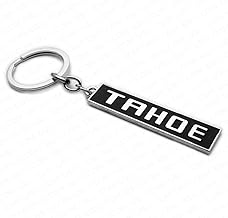
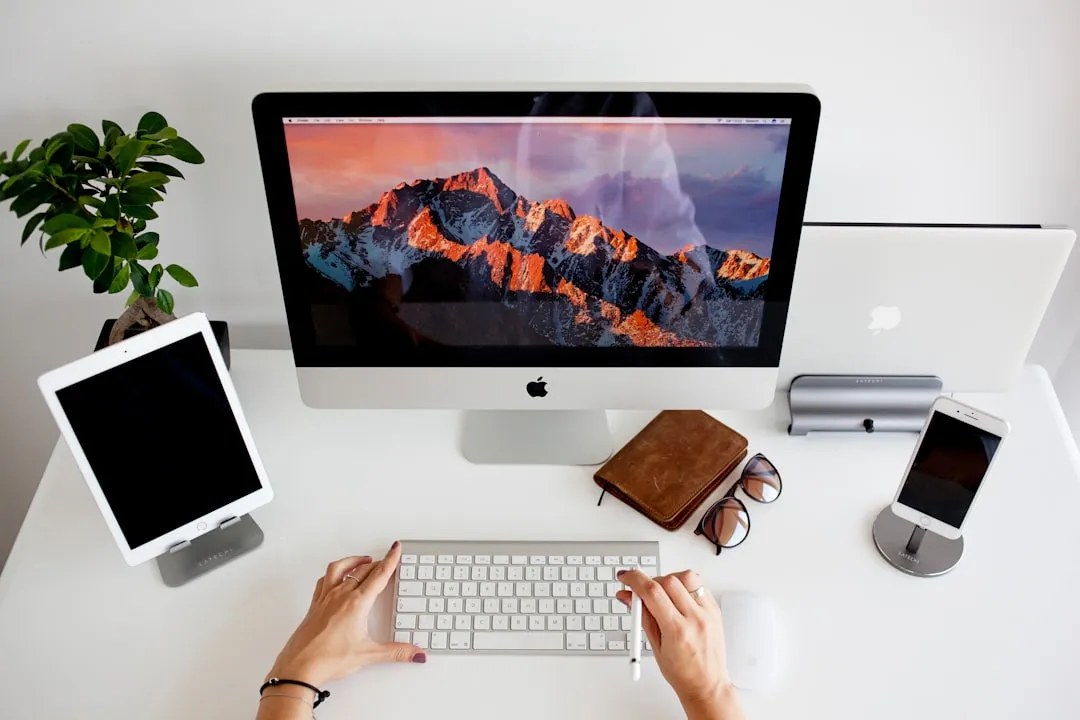
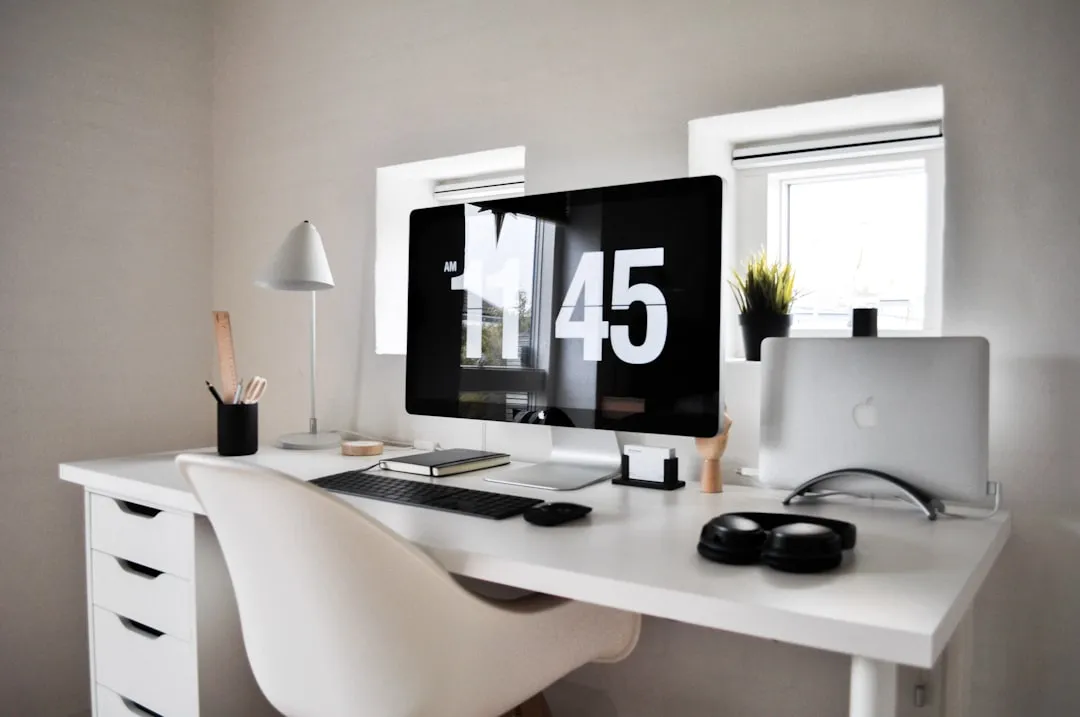
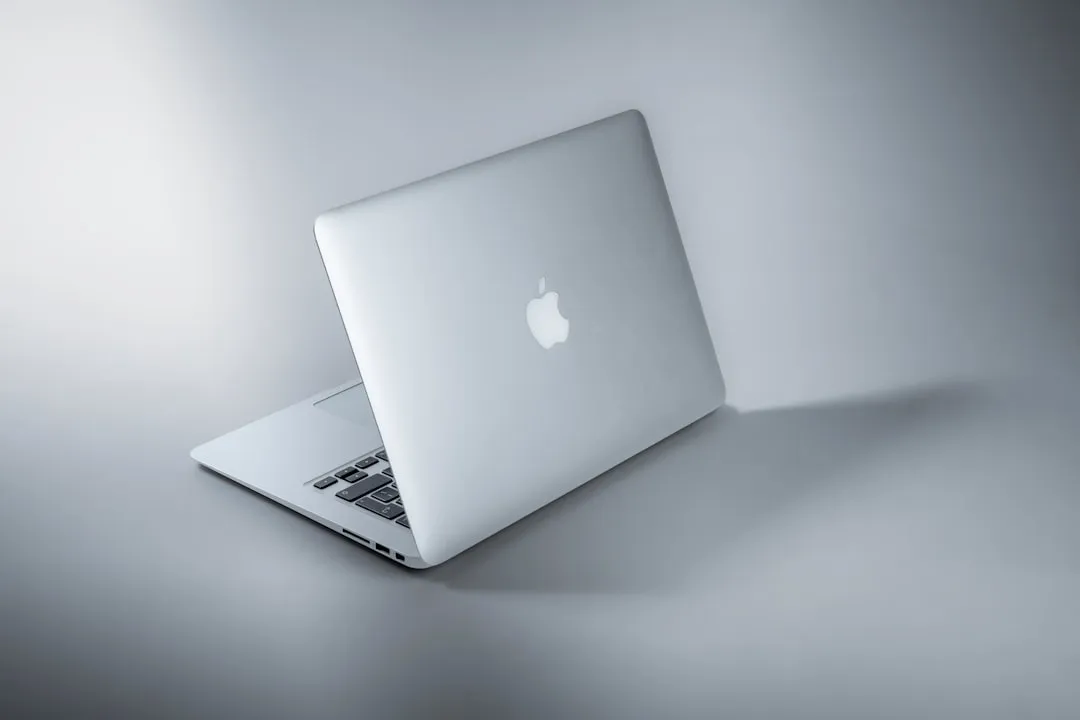

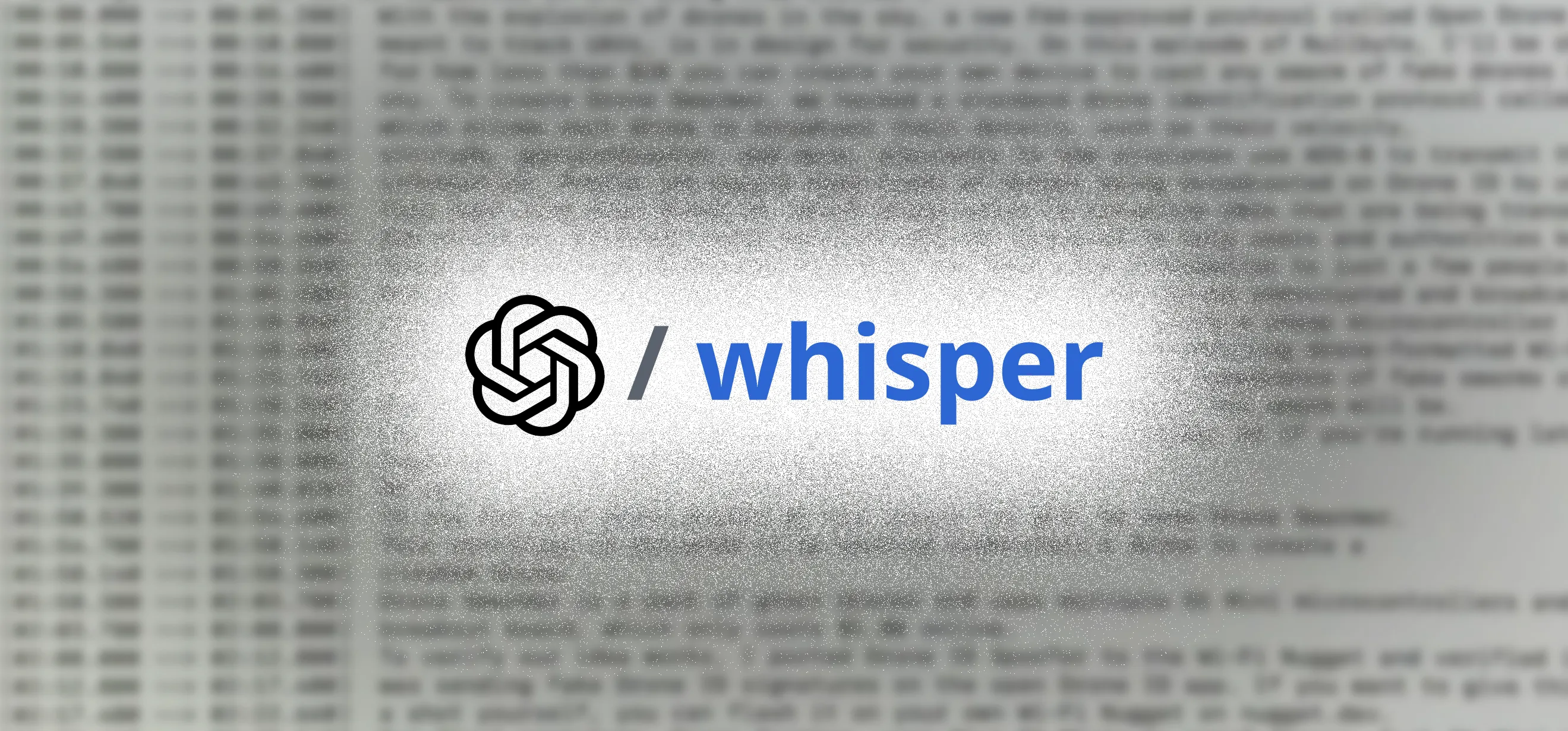
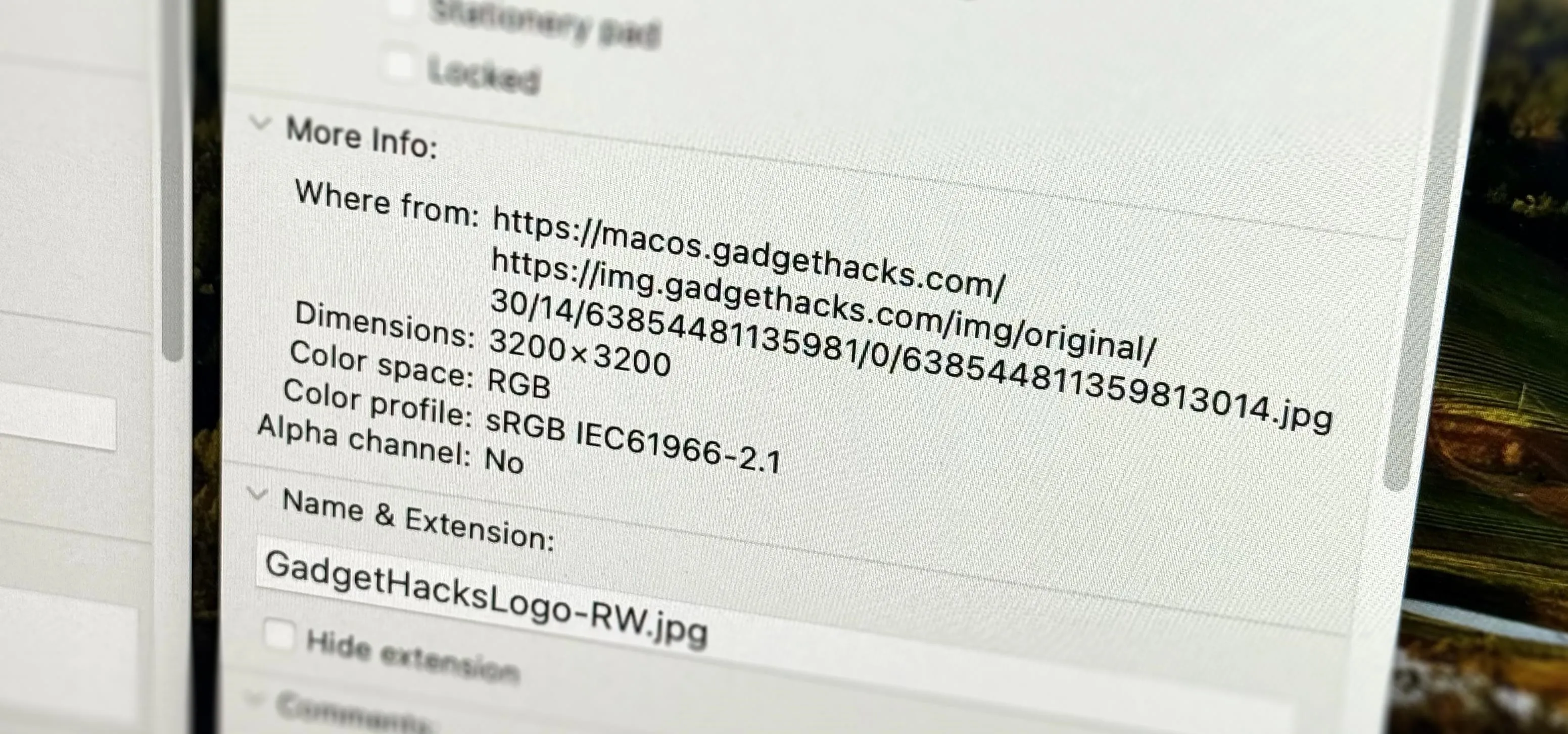
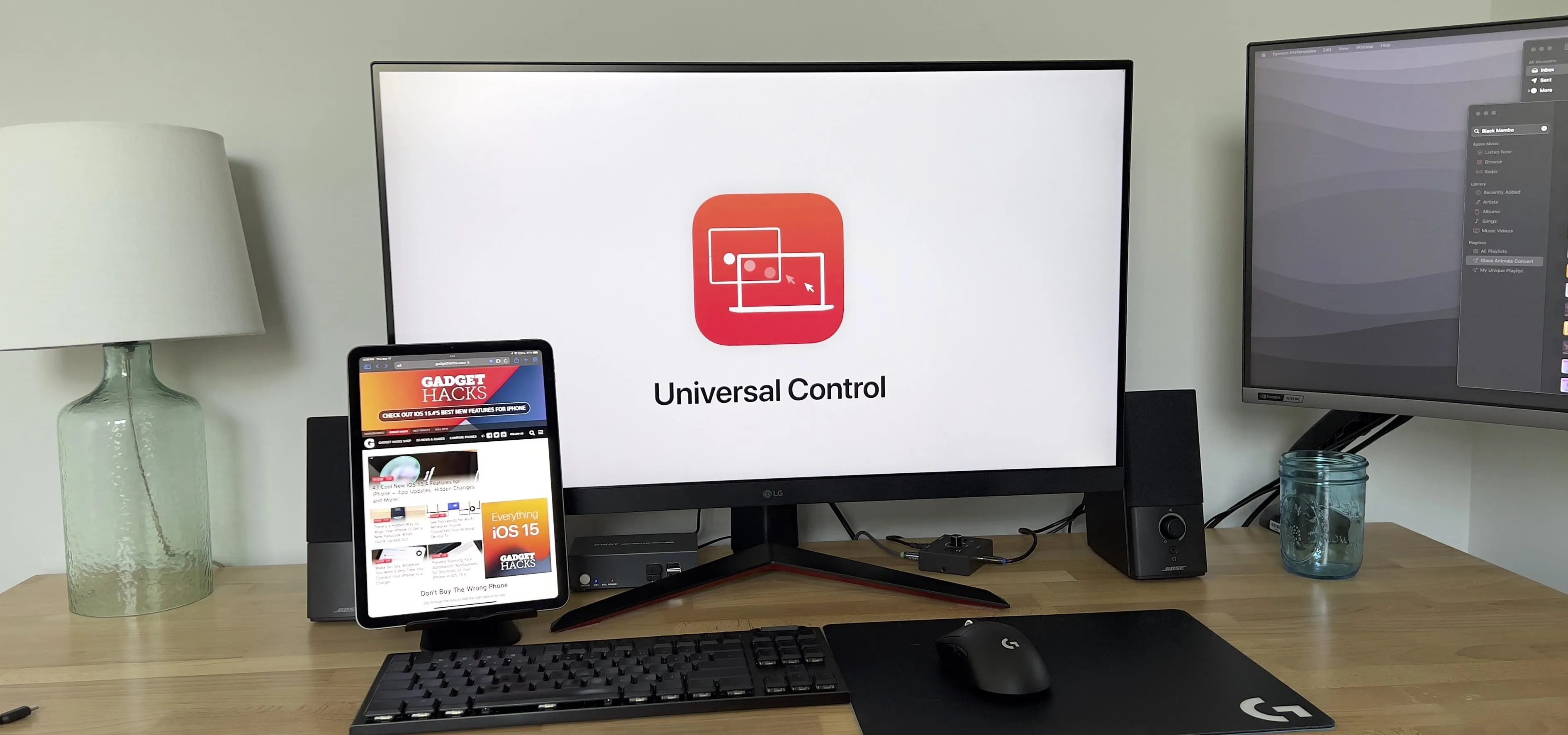
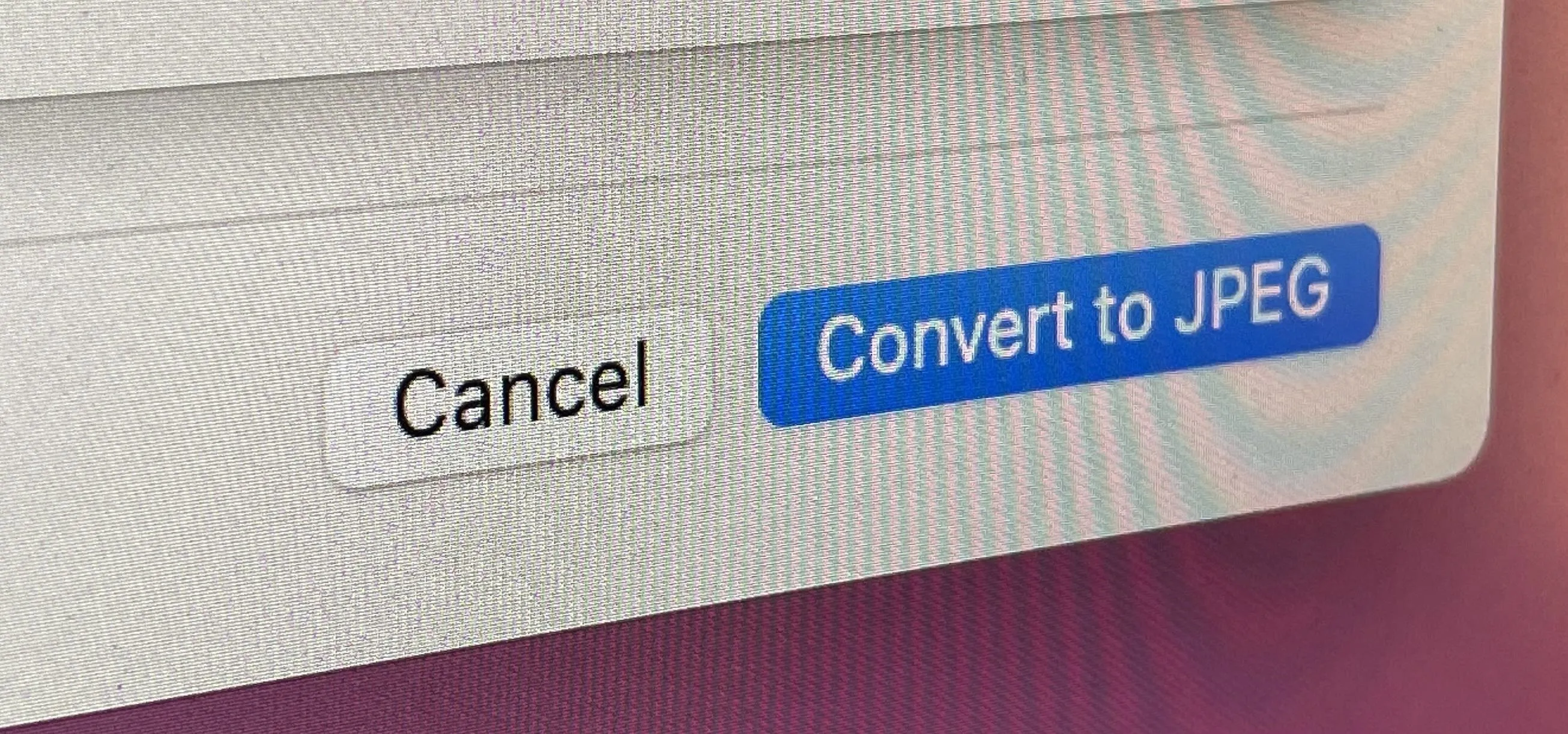
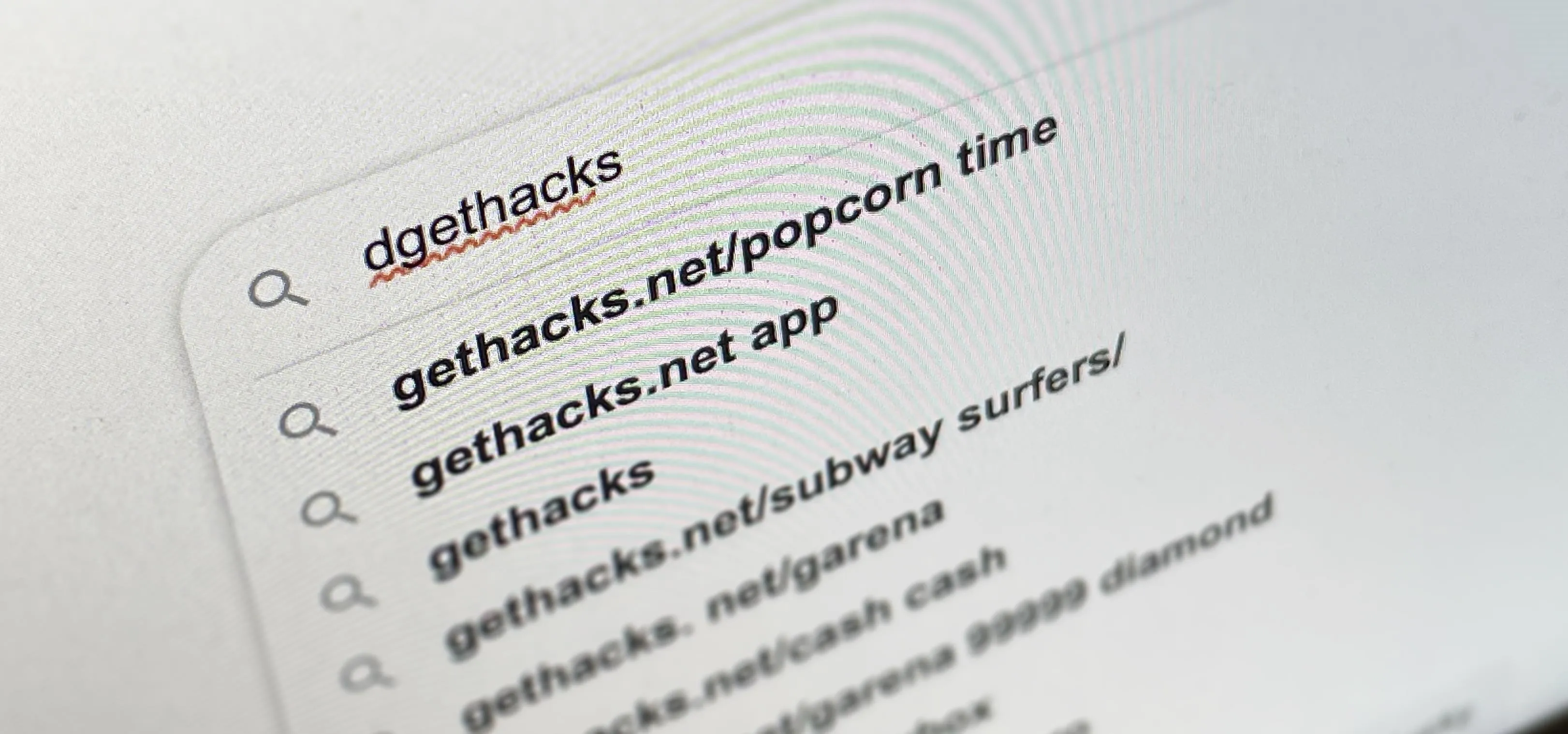
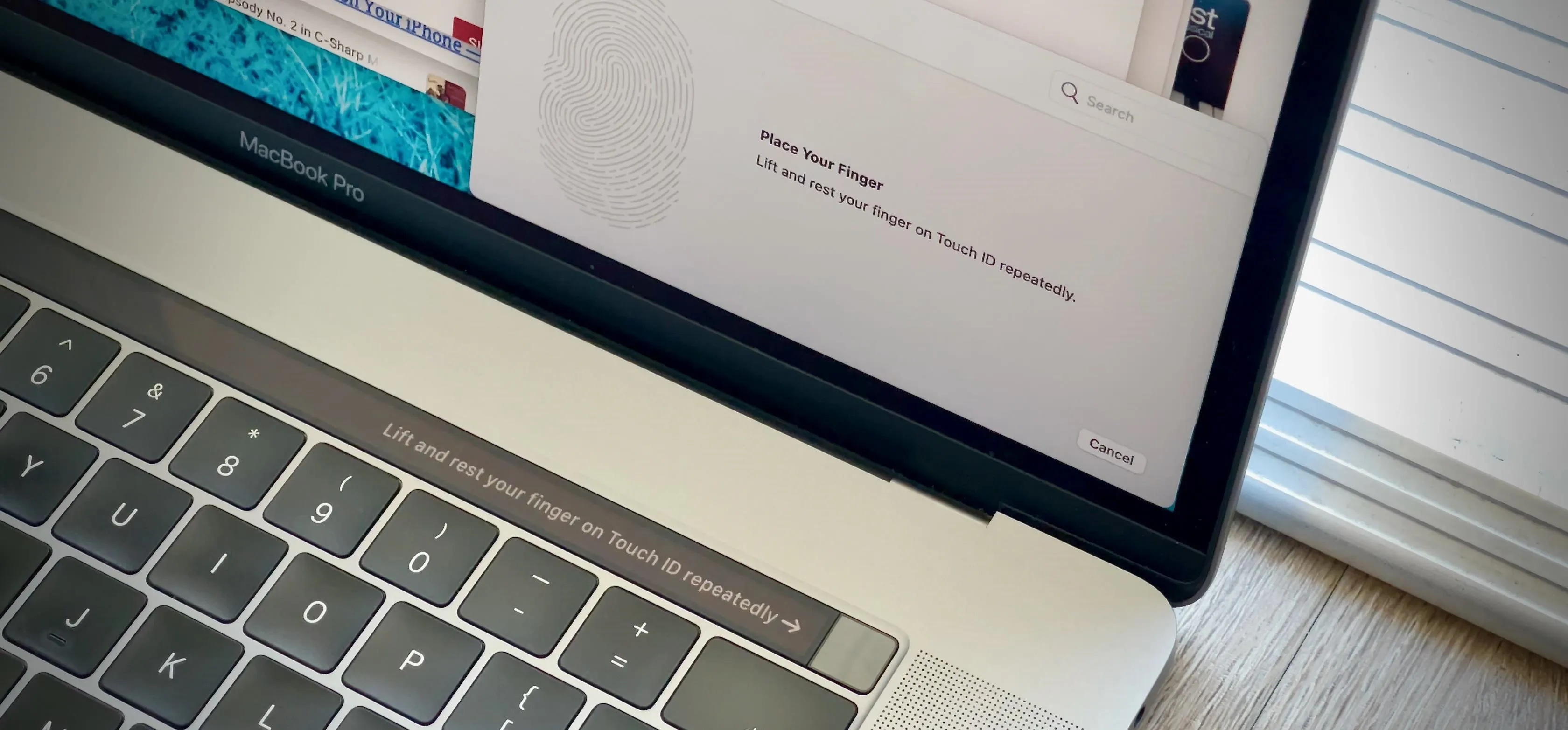

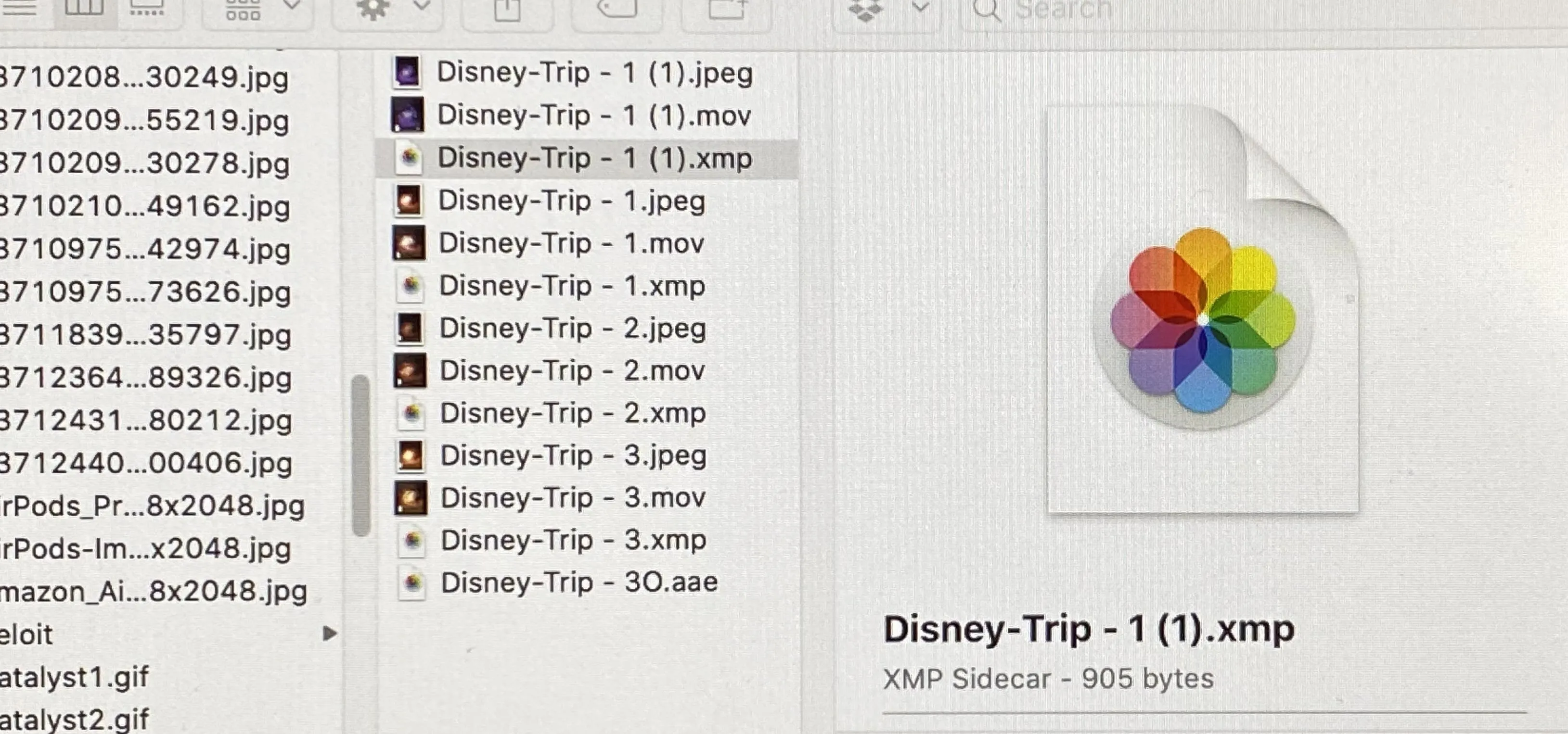
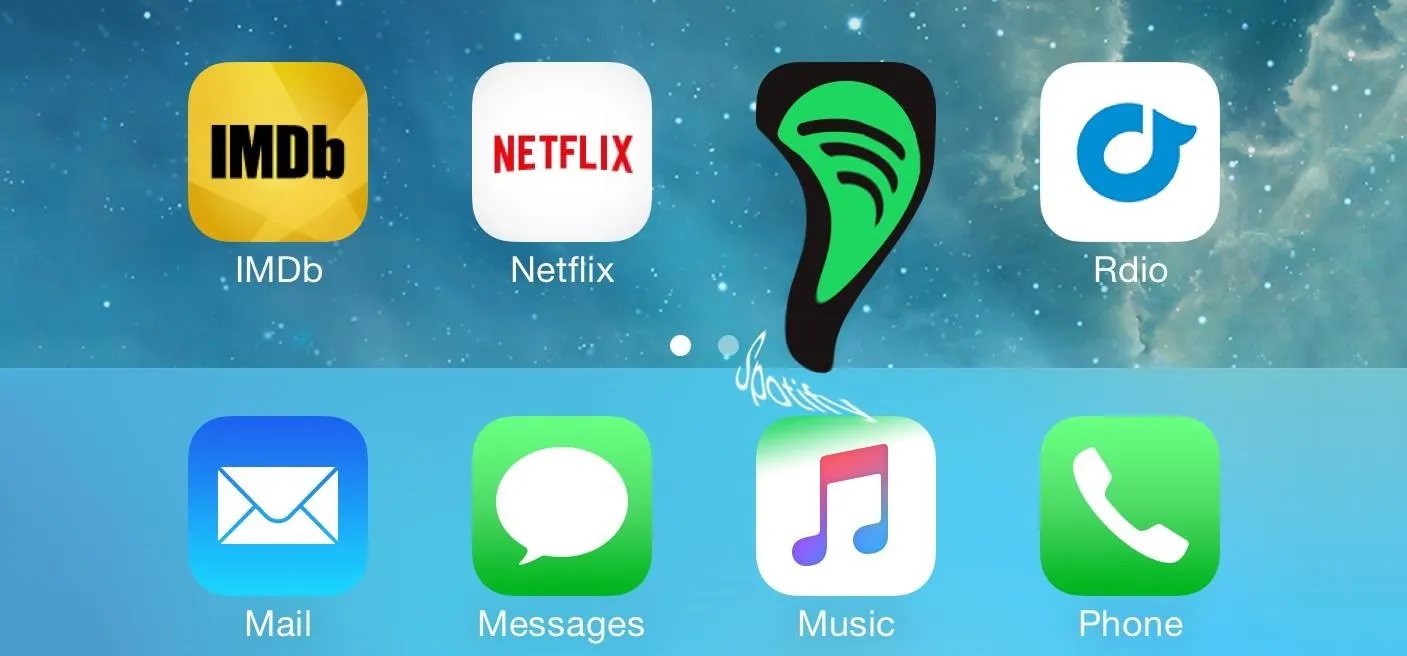


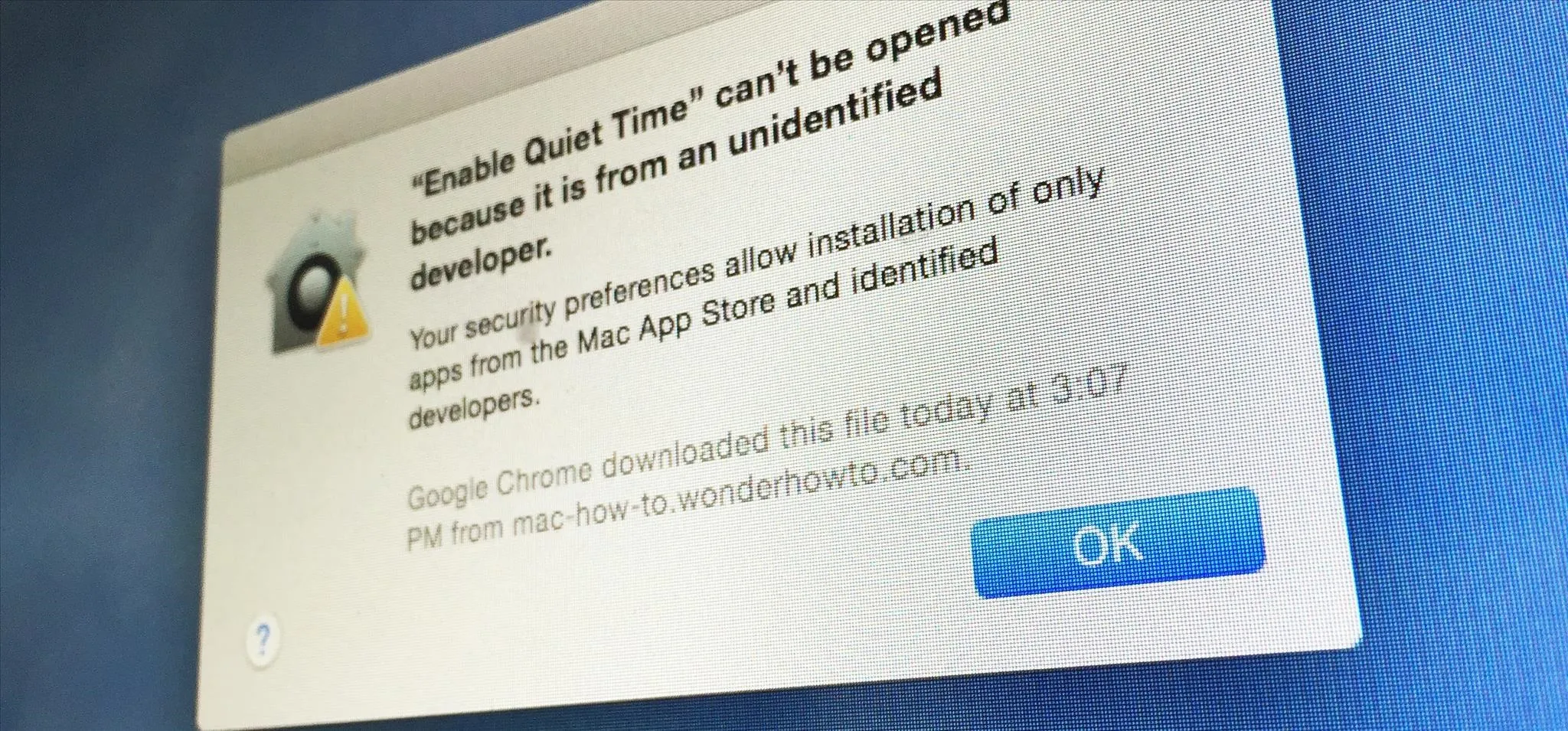
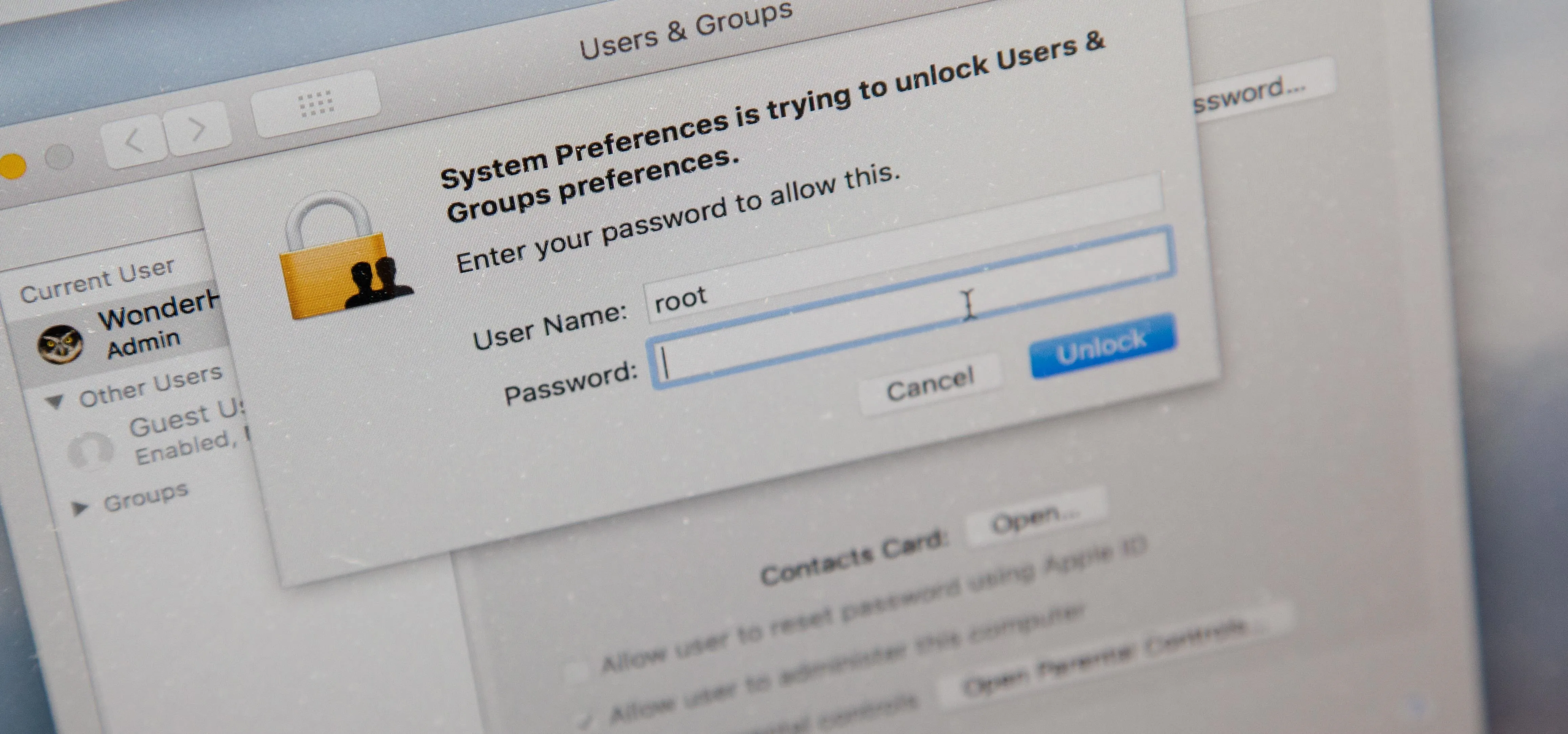
Comments
Be the first, drop a comment!